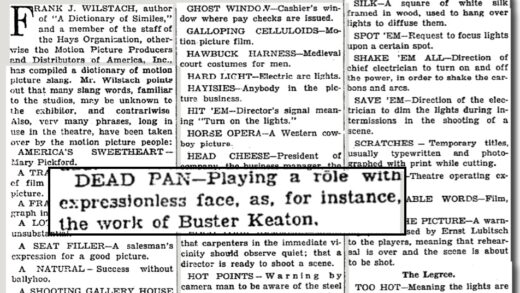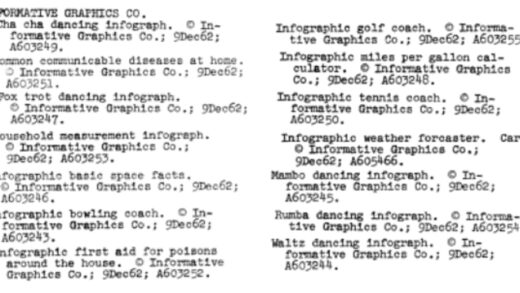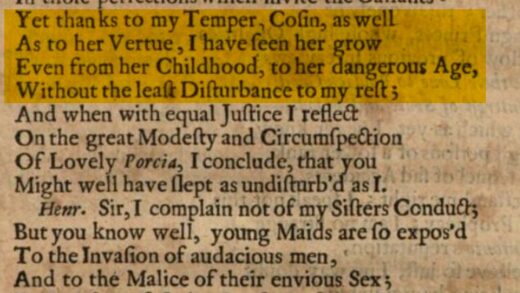The language of baseball is filled with terms that have taken on meanings beyond the game.
Take, for example:
- pinch hit – To substitute for someone
- play ball – To cooperate or participate
- bat one thousand – To be absolutely correct or successful
- touch all the bases – To cover all contingencies
…. and dozens more.
Then there’s the phrase out in left field (and its close cousin out of left field) meaning odd, eccentric, unexpected, or out of nowhere.
The two most common origin stories trace the phrase to Chicago or New York. But my research shows that these theories are, well, out in left field. The real place of origin was Massachusetts.
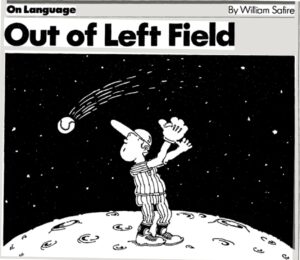
The Chicago story ties the phrase to the screams of patients at a psychiatric hospital that stood just outside the left field wall at the West Side Park, home of the Cubs before they moved to Wrigley Field in 1915. There’s even a plaque, placed at the site in 2018, that says the phrase originated there.
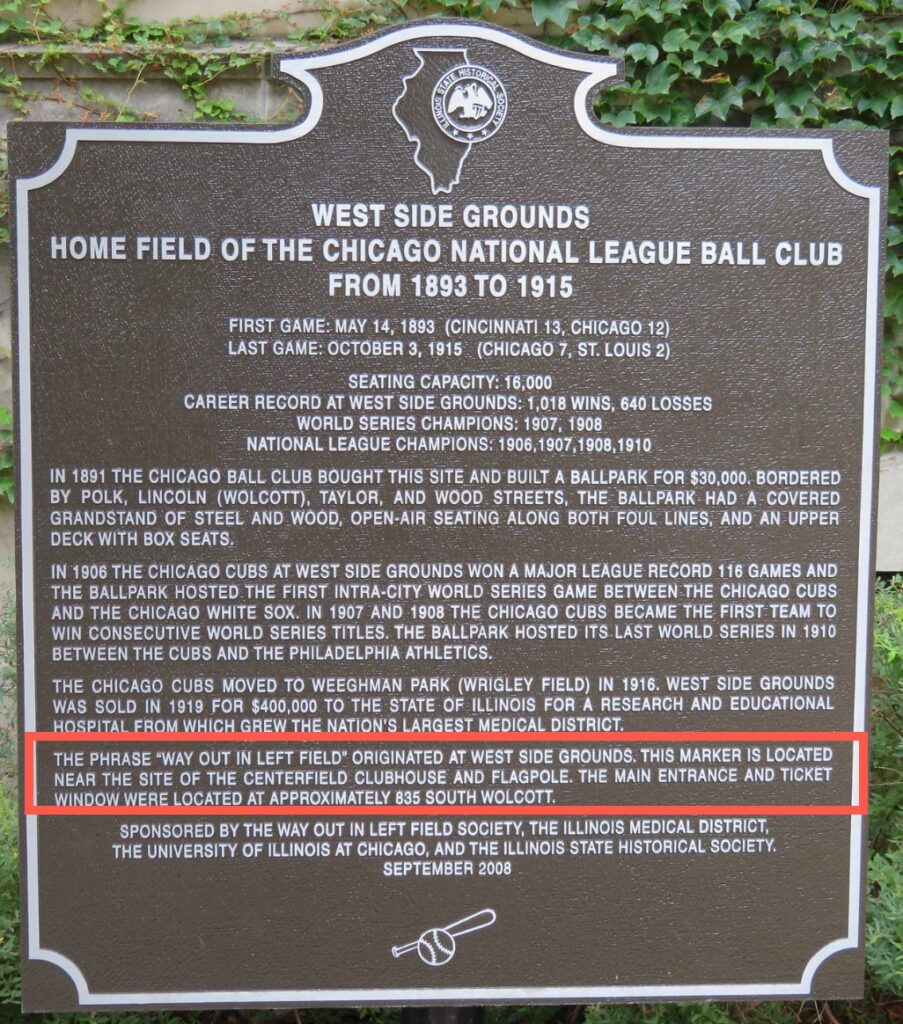
But it’s just not true.
There was a hospital — the Cook County Hospital — in that location. But it was not a psychiatric hospital. (The Cook County Hospital for the Insane was a separate facility seven miles away, well out of earshot.) What’s more, there was no known use of the phrase, in its metaphorical sense, in a Chicago newspaper before 1944.
The New York story traces the phrase to Babe Ruth’s days with the Yankees when it was supposedly said that fans would be crazy to sit in left field when Ruth was playing in right. The phrase, however, was already around in 1919, the year before Ruth was traded from Boston to New York. (Ruth did play in the outfield for Boston far more often than he pitched in 1919, but records show he played left field that year, not right.)
The earliest known non-literal appearance of the term in print was in the Boston Herald on October 8, 1919, in a report on game six of the World Series between the Chicago White Sox and the Cincinnati Reds.
With one out and the bases loaded in the top of the fifth inning, Chicago’s Eddie Collins lined out to center field. The runner on third tagged up and scored. The runner on first, Dickie Kerr, apparently expecting the throw to go home, tagged up and ran to second base only to find it still occupied by his teammate Ray Schalk. Kerr was tagged for the third out.
Here’s how Herald sports editor Burt Whitman described the play:
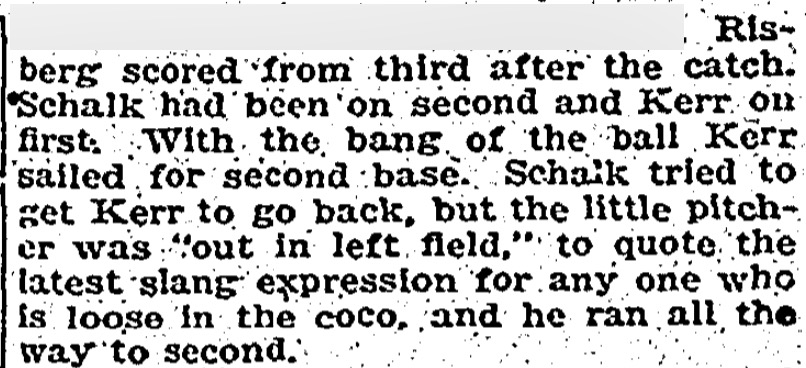
Whitman called it “the latest expression,” so it may already have been in use locally. Three days later, the term was used in a non-baseball context in an article in the Lowell Sun. An unidentified writer of a long-running column called “Man About Town” described himself being distracted while walking home from the store: “I had purchased butter,” he wrote, ” and was carrying it home with my thoughts way out in left field.”
The expression was used metaphorically, in baseball and non-baseball contexts, in both the Herald and the Sun several times in the 1920s and early 1930s.
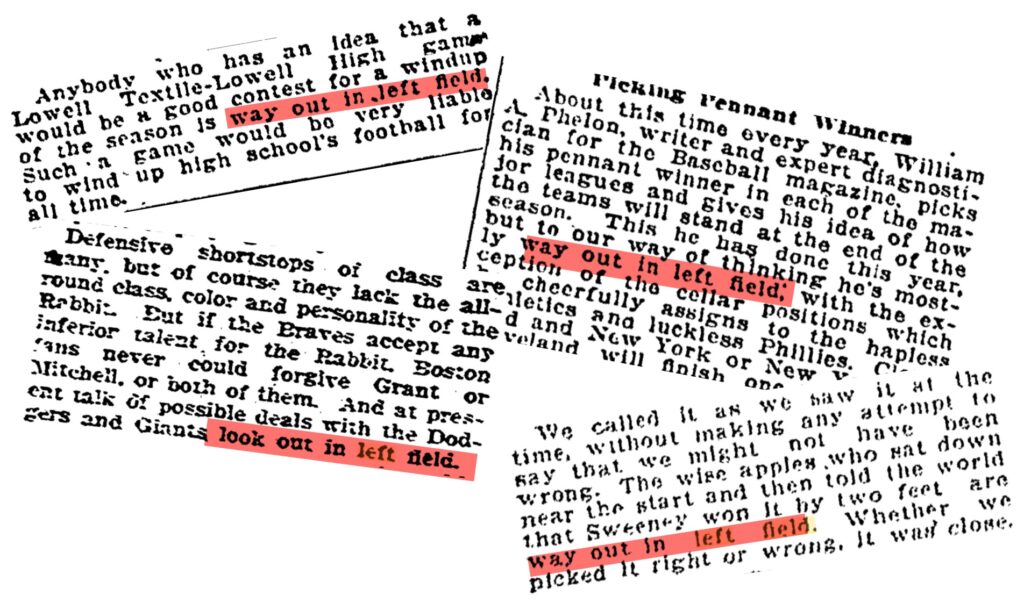
Beginning in 1929, the term also showed up in several other Massachusetts papers, including the Boston Globe, the Springfield Daily News, the Cambridge Sentinel, and the Jewish Advocate. The earliest known uses outside the Bay State were in syndicated wire service stories in 1934.
Why Massachusetts? It is most likely that the term originated at Spalding Park in Lowell. The ballpark, renamed Alumni Field and still in use today as the home field of the Lowell High School baseball team, was used by various minor league teams between 1902 and 1916 and again, for one year in 1919, the year the term first appeared.
Right field at Spalding Park/Alumni Field was (and still is) very short, only 276 feet down the line, with a built-up area just behind it. When the minor league Lowell Spinners played their home games there in 1996 and 1997 while a new stadium was being built, they had to get special dispensation because the short right field dimensions did not meet the standards of professional baseball.
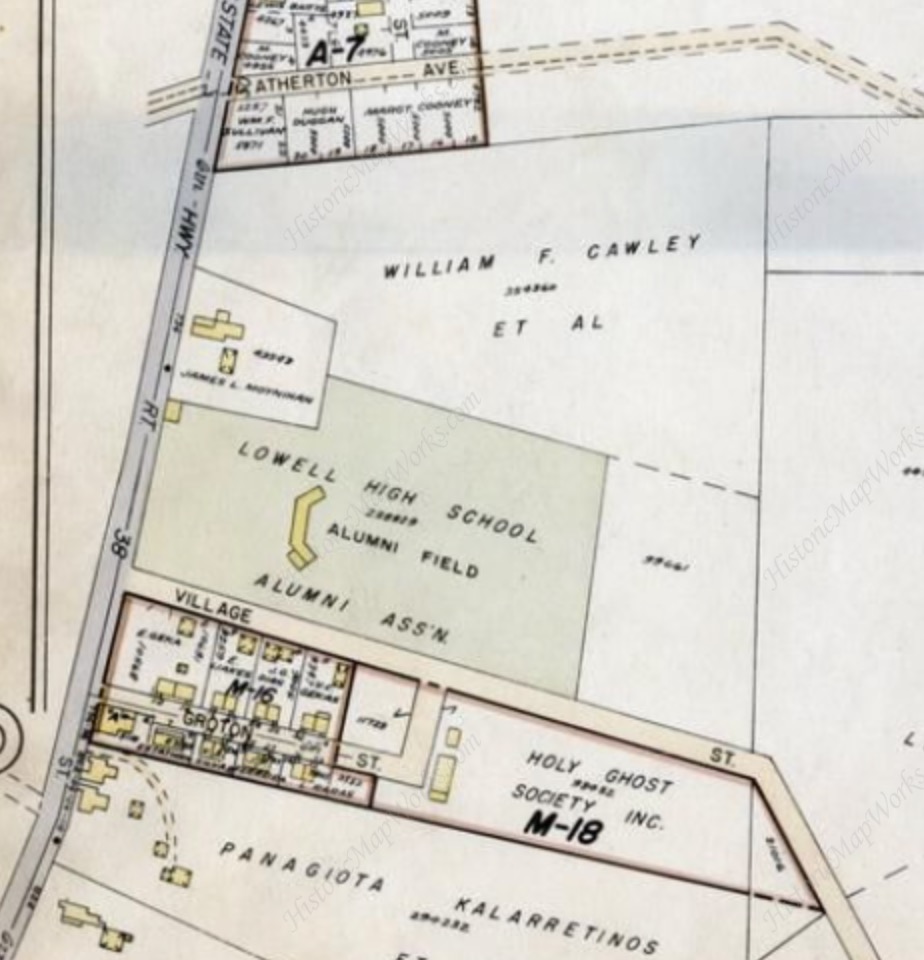
Left field at the Lowell ballpark was (and is) much deeper — you might say “far out” — 330 feet down the line, with a wooded, undeveloped area situated beyond the left field wall until the 1990s. (The parking lot of a car dealership is there today.)
That – the long and the short of it—is the likely Massachusetts story behind the origin of out in left field.
NOTE: My research on this term was part of my work with Paul Dickson on an online version of his Dickson Baseball Dictionary, which includes my update to the origin story that had been in the last (2009) print edition of the Dictionary. (That’s me, below, literally (hopefully not figuratively) out in left field at Alumni Field in 2024.)


